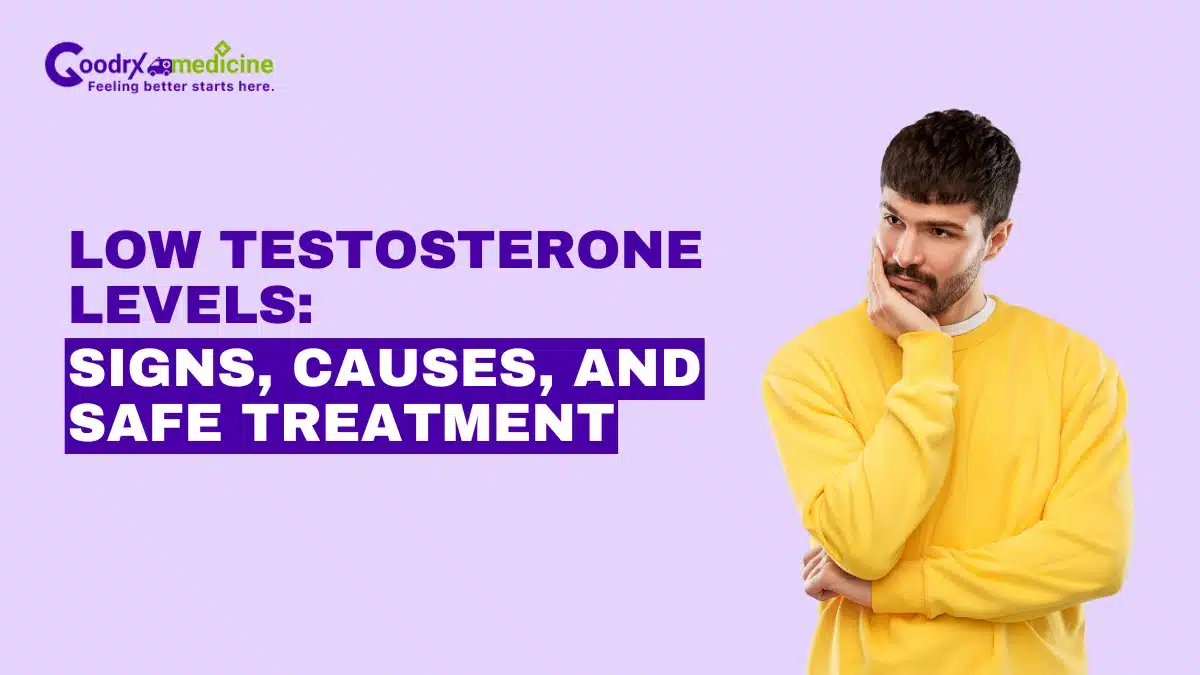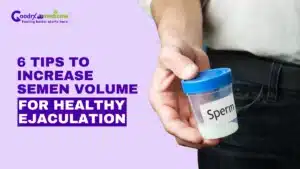Low Testosterone levels are more common than you may think, especially as men grow older. Testosterone is a vital hormone in strength, energy, mood, and sexual health.
When your body does not make enough of it, you may notice changes that affect your daily life. If you are feeling more tired than usual, struggling with intimacy, or finding it hard to maintain focus, it may be linked to your Testosterone level.
Understanding what is happening and learning about solutions can help you take the next step toward better health and confidence.
What is Low Testosterone?
Testosterone is the primary male sex hormone made mainly in the testicles. It is vital for your body’s strength, sexual function, and mood. Low Testosterone levels mean your body isn’t producing enough of this hormone.
Doctors often say that a total Testosterone blood level below about 300 nanograms per deciliter (ng/dL) is low. However, your Low Testosterone symptoms matter as much as your exact blood numbers when deciding whether you need treatment.
Testosterone naturally decreases with age, but low levels can occur anytime due to other health issues. Low Testosterone levels in females can also happen, although they are less common and have different impacts, such as in instances of Polycystic Ovary Syndrome (PCOS), where Low Testosterone levels may cause specific symptoms.
Save up to 90% on your medicine bills
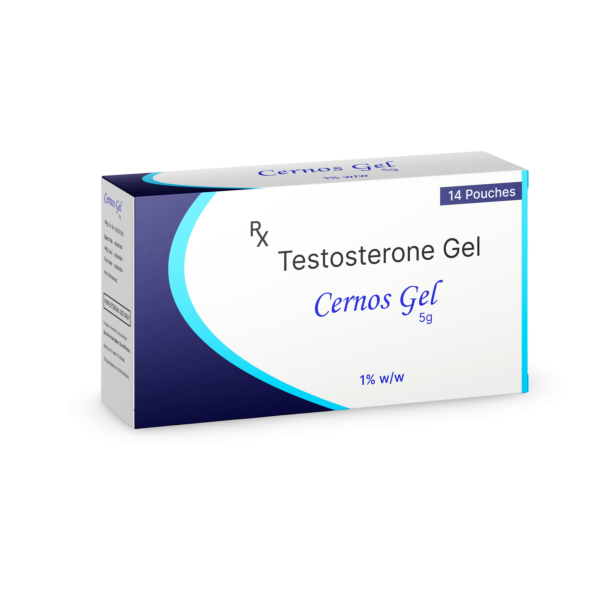
Cernos Gel 1% w/w
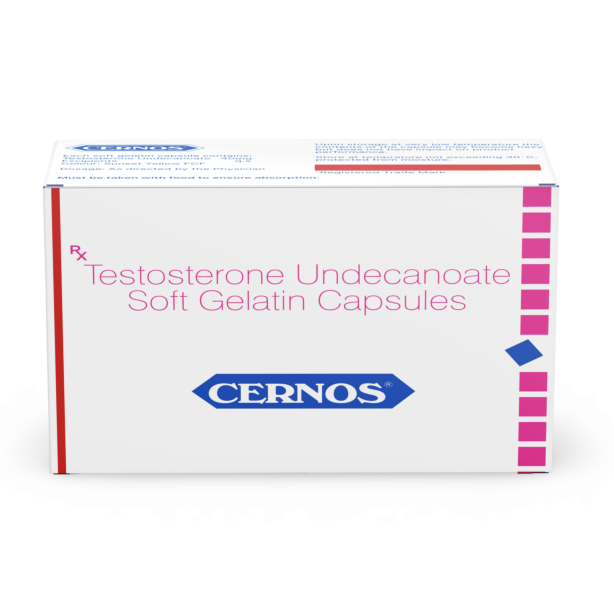
Cernos 40 mg Soft Gelatin Capsule
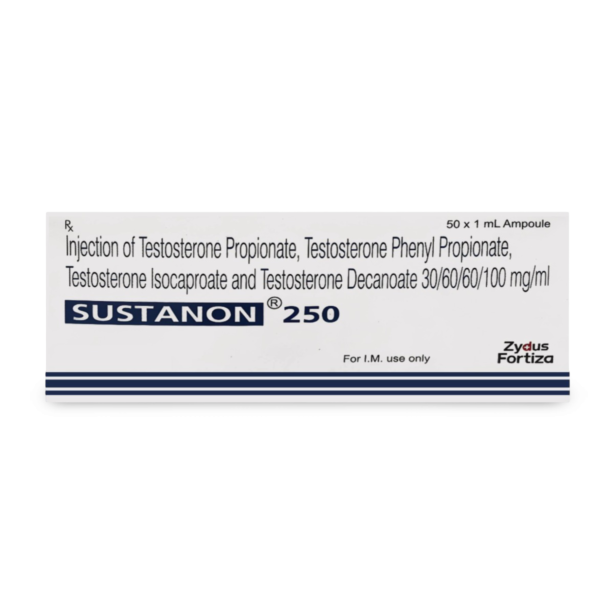
Sustanon 250 Injection
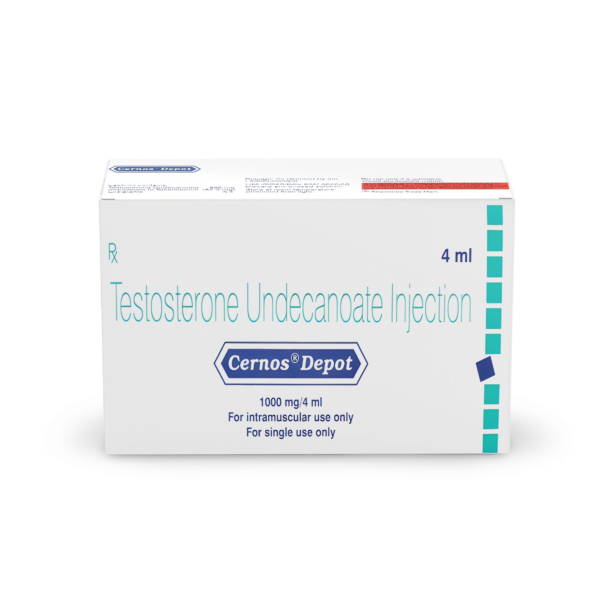
Cernos Depot 1000 mg Injection
Signs and symptoms of Low Testosterone
Low Testosterone can impact many parts of your health. Symptoms may develop slowly and can differ for each individual. Some common signs you might notice include:
- Reduced sex drive or lower interest in sex
- Feeling tired, low energy, or less motivated
- Loss of muscle size or strength
- Adding body fat, sometimes with swollen breast tissue
- Feeling sad, irritable, or having trouble concentrating
- Sleep problems like Insomnia or poor quality of sleep
- Difficulty getting or keeping an erection
- Lower sperm count or smaller testicles in some cases
These symptoms can overlap with other health problems or normal aging, so it’s important not to jump to conclusions without proper testing.
Causes of Low Testosterone levels
Understanding what causes Low Testosterone levels helps address the root of the problem. Common reasons for low levels include:
- Getting older and natural hormone decline
- Health problems affecting the testicles or brain areas (hypothalamus and pituitary) that control Testosterone production
- Obesity and metabolic disorders such as Diabetes
- Hormone imbalances like low thyroid function
- Lifestyle factors, including poor sleep, stress, or substance use
- Genetic conditions or diseases like PCOS in women
- Certain illnesses, injuries, infections, or medications, including Chemotherapy
Diagnosis
If you have symptoms that suggest Low Testosterone, a doctor will start with a detailed health history and physical exam. They may ask about your medical conditions, medicines, lifestyle, and symptom patterns.
The primary diagnostic test is a blood test measuring total Testosterone, usually done in the morning when levels peak. Sometimes the test is repeated on different days to confirm results. If Low Testosterone is confirmed, further testing may be done to find the cause. This could include additional hormone tests, imaging, or genetic tests.
It’s important to rule out other conditions that cause similar symptoms, like Depression, sleep disorders, or thyroid problems. A thorough evaluation helps ensure you get the right treatment.
Treatment options for Low Testosterone
Treatment for Low Testosterone levels depends on your blood levels, symptoms, overall health, and goals. Testosterone Replacement Therapy (TRT) is the most common treatment. It helps raise Testosterone levels and improve symptoms such as energy, muscle strength, and sexual function.
Getting TRT includes injections, gels, patches, pellets, or tablets. Each delivery method has its benefits and possible side effects. For example:
- Injections can cause quick hormone changes, affecting some men’s moods.
- Gels and patches provide steady hormone levels but need daily application.
- Pellets implanted under the skin release Testosterone slowly over months.
Supplements for Low Testosterone levels, including vitamins, are often discussed, but you should always talk to your doctor before trying them. While some supplements support overall health, they do not replace medical treatment for Low Testosterone.
TRT can improve many symptoms, but it also has risks. Therefore, your doctor will carefully monitor your health with blood tests and checkups.
When to see a doctor
If you notice Low Testosterone symptoms like low sex drive, fatigue, mood changes, or muscle loss, discussing them with your doctor is wise. Early diagnosis and treatment can boost your life quality and prevent complications like bone loss or Depression.
It’s crucial to see a doctor if you have other health problems such as Diabetes, Sleep Apnea, or heart disease, as these can be linked with Low Testosterone.
Always talk openly about your symptoms and concerns. Your doctor can guide you through testing and help create a personalized plan.
Conclusion
Low Testosterone is a common condition in men, especially as they age. It affects many areas of health, including sexual function, energy, mood, and muscle strength.
Diagnosing Low Testosterone involves blood testing and careful evaluation of symptoms and causes. Testosterone Replacement Therapy can be a fruitful treatment, but it carries potential risks and requires medical oversight.
If you suspect you have Low Testosterone levels, work with a healthcare provider to get accurate testing and discuss the best treatment options.
Always consult a health professional for diagnosis and treatment decisions. Regular monitoring and follow-up care are essential to managing Low Testosterone safely and effectively.

Frequently Asked Questions
What is a normal Testosterone level by age?
A normal Testosterone level varies by age. For adult men, it is usually between 300 to 1,000 nanograms per deciliter (ng/dL). Younger men tend to have higher levels, while levels gradually drop after age 30-40. Levels below 300 ng/dL are often considered low.
How to lower Testosterone levels before the test?
To lower Testosterone levels before a test, you can try to relax and avoid stress. Get proper sleep and have healthy foods like fruits and vegetables. Avoid heavy exercise or activities that can raise hormones. Also, do not take medicine or supplements without talking to a doctor first.
Which supplement is best for Low Testosterone?
There is no single best supplement for Low Testosterone that works for everyone. Some vitamins, like Vitamin D, Zinc, and Magnesium, may support healthy Testosterone levels. However, you should always talk to your doctor before testing any supplements to ensure they are safe and right.
What total Testosterone level indicates PCOS?
Total Testosterone levels associated with Polycystic Ovary Syndrome (PCOS) are generally higher than normal for women. A level exceeding 50 to 70 nanograms per deciliter (ng/dL) may indicate the presence of PCOS. If you suspect you have PCOS, it’s important to consult your doctor for appropriate testing and guidance.
What drink boosts Testosterone?
Drinks like pomegranate juice, green tea, and ginger tea may help boost Testosterone naturally. These drinks contain antioxidants and nutrients that support hormone balance. However, you should combine them with a healthy diet and exercise. Always ask your doctor before trying new remedies for your health.
Can a man recover from Low Testosterone?
Yes, a man can recover from Low Testosterone. Testosterone levels can improve with proper treatment, such as medicine or lifestyle changes. Eating healthy, exercising, and reducing stress help. You should see a doctor to find the best way to feel better and regain energy and strength.
Does masturbation cause Low Testosterone?
No, masturbation does not cause Low Testosterone. When you masturbate, your body’s Testosterone level might change a little for a short time, but it quickly goes back to normal. Masturbation is a natural and safe activity and does not lower your Testosterone levels in the long term.
When referencing outside resources, GoodrxMedicine always provides full citations. To learn more about the measures we use to maintain the quality of our content, please review our Content Information Policy.



